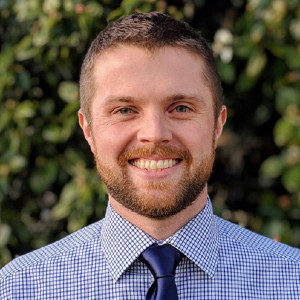Hi, Can anyone explain the solution of global pharm case they have in their website?
https://www.mckinsey.com/careers/interviewing/globapharm
I don't get how they came up with 40% increase. . .
Expected Probability of Success
Phase1: 70% > Phase2:40%>Phase3:50%>Phase4:90%
Global pharm will improve the product by investing 150M USD to Phase2. How much should the success rate have to be increased for investment to pay of. (Assume that if the drug is successful and sold its worth:1.2B USD)
Thanks









